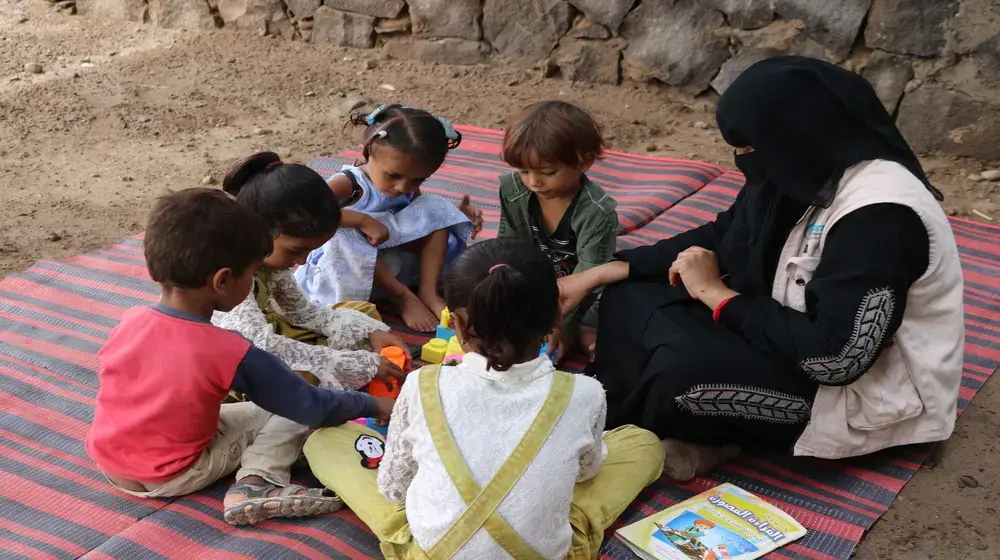The 21-month conflict has had a disastrous effect on Yemen and its people. Today, Yemen has the weakest health system in the entire Middle East region. Only 45 per cent of health facilities are functional and most are doing so at a reduced capacity due to a lack of resources, of staff, and of medical supplies. In addition, 13 health workers have been killed and 31 injured while serving the injured and sick. The situation is compounded by the closure of the Sana’a airport since August 2016, denying an estimated 22,000 people from accessing life-saving healthcare abroad.
Despite the adversity, out of five operational humanitarian hubs across the country – Aden, Al Hudaydah, Ibb, Sa’ada, and Sana’a –114 humanitarian organizations reached over 5.3 million men, women, and children with some form of direct humanitarian assistance across Yemen’s 22 governorates in 2016. The needs far surpass the reach however. Only 60 per cent of the $1.6 billion funding requirement for the Yemen Humanitarian Response Plan, amounting to $977 million was received in 2016.
The volatile political climate in Yemen, coupled with strict security measures continues to pose significant challenges in providing humanitarian assistance. This is more so given the sensitive nature of UNFPA’s mandate where release of contraceptives has involved months of advocacy efforts with government officials and national security authorities.



